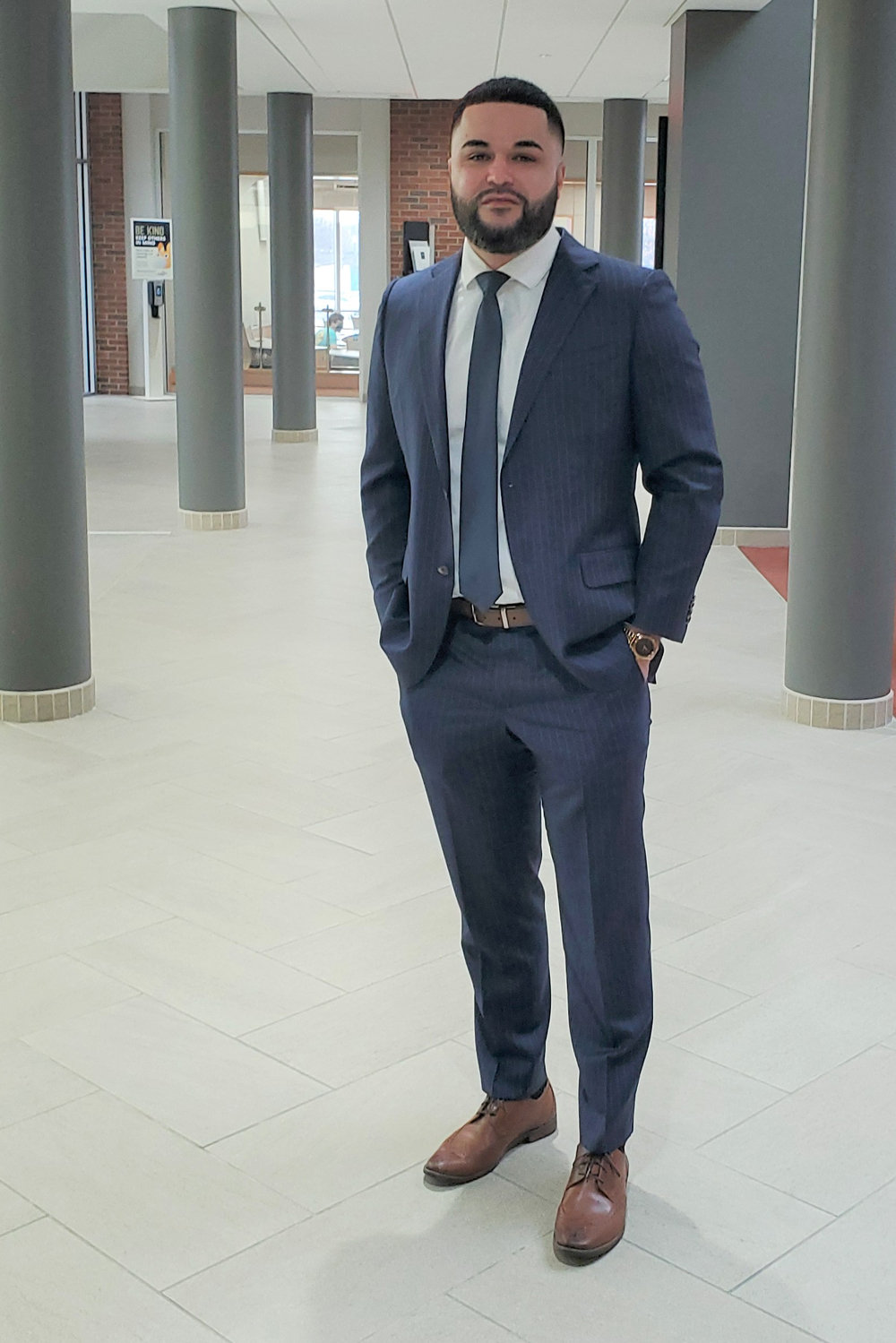Geosciences Professor Awarded NSF CAREER Grant for Earthquake-Related Research
Dr. Caleb Holyoke, an assistant professor in the Department of Geosciences, has received a five-year grant of $512,045 from the National Science Foundation (NSF) to investigate how heterogeneities in rocks, such as aligned minerals, affect the strength of the continental crust. His research is titled “CAREER: Experimental Investigation of Viscous Anisotropy of Foliated Rocks: Implications to the Strength of the Mid to Lower Continental Crust.”
This study will provide new insight on how strength anisotropy in lower crustal rocks affects the population and intensity of aftershock earthquake events. Holyoke, along with graduate and undergraduate students, will perform these experiments in the high-pressure rock mechanics laboratory Holyoke developed in the Department of Geosciences. Experiments also will be performed at the Advanced Photon Source at Argonne National Laboratory in Illinois.
Early interest leads to research
“I have been fascinated with the idea that rocks can bend and flow, not just fracture, since I first learned about folding in a geology course in high school,” says Holyoke, who joined UA in 2014. “The rocks deep in the crust that flow are intimately related to those that cause earthquakes in the shallow crust and the rate of flow in the deep crust likely influences aftershock earthquakes.”
As a result of Holyoke’s research, the graduate and undergraduate students working in his lab will gain experience with mechanical testing of materials, microstructural analysis using optical and electron microscopy techniques, and scientific writing and presentation skills. They will also work at the state-of-the-art facilities at Argonne National Laboratory. “All of the students who have performed experiments in my laboratory have presented their results at regional or national geologic meetings,” notes Holyoke.
The NSF-funded study also provides support for earthquake-related K-12 outreach activities and development of new models for use in geoscience courses at UA.
“My planned outreach activities will be centered around testing a couple of rock properties that affect the strength of rocks and intensity of seismic release during earthquakes,” explains Holyoke. “We will break a few rocks with different properties using a portable hydraulic press with appropriate safety shielding. When a rock breaks, seismic waves are released and these waves will be recorded by an attached tablet with a seismometer app running. The students will compare the intensity of the recorded seismic waves from each of the rocks to make a simple model of how rock properties affect faulting.”

I am the caption that you will see below the photo.
